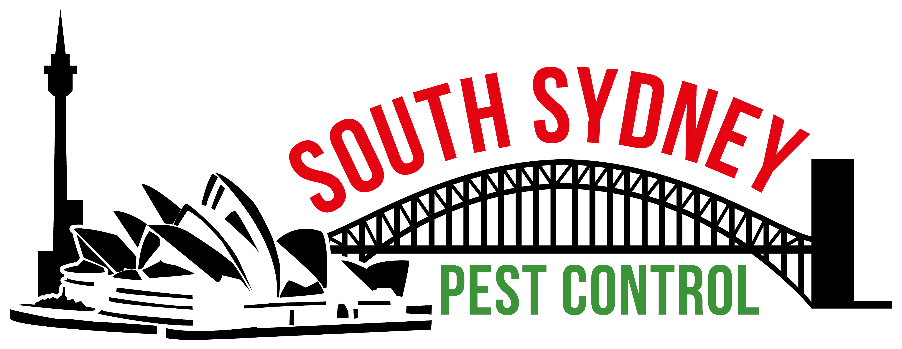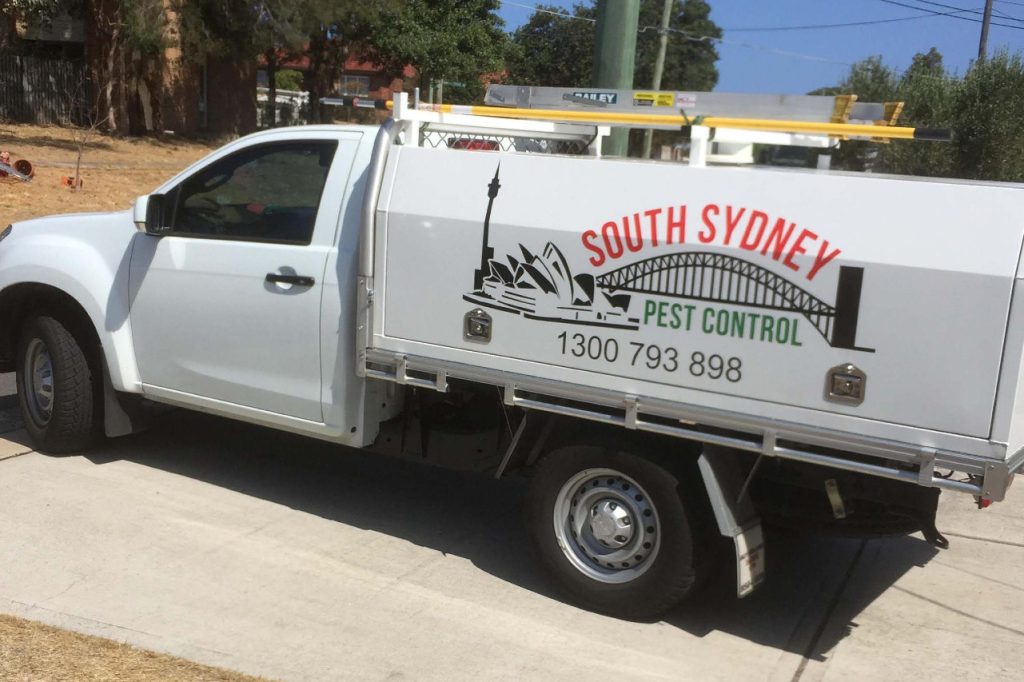Knowing your technician has a pest control license is the most important first step in ensuring your provider is an expert. In the bustling city of Sydney, particularly in its vibrant Eastern Suburbs, the significance of effective pest control cannot be overstated. Known for its beaches, weekend markets such as the famous Paddington Markets, and growing residential communities, this region has its own pest management issues to deal with. These include the more well known ones such as ants and cockroaches right through to rodents and termites.
To be sure that your pest control technician is sufficiently experienced and capable of providing the best pest management, be sure to check your provider has a current pest control licence. The NSW EPA issues pest management technician licences and these can be searched in the EPA’s public register. Whether you are an aspiring professional in the pest control industry or a curious homeowner seeking to understand the qualifications of the experts you entrust, this guide will navigate you through the complexities and requirements of becoming a licensed pest control provider in Sydney.

Table of Contents
ToggleWhy is a Pest Control License Crucial in the Industry?
In the intricate world of pest control, a licence is not just a formal document; it’s a badge of trust and expertise. It shows that the holder has studied and completed the training and understanding of pest behaviour and control techniques but most importantly, has a knowledge of pesticides and their use. For pest control companies, having a current licence is required, by law.
A licensed pest control professional is trained to handle risks associated with pesticide and chemical use effectively.
Legal Requirements for Pest Control in Sydney
In Sydney, and indeed across New South Wales, the legal landscape governing pest control is stringent. These laws are to ensure public health, property, and the environment are maintained. To operate legally, pest control services must adhere to the regulations set forth by the Environmental Protection Authority (EPA) and other relevant bodies.
Compliance with these legal requirements is not optional but mandatory. In fact, the EPA provides a 24/7 hotline (24/7 NSW Environment Line) in the event a pest controller is unable to show proof they hold a licence.
Benefits of Being a Licensed Pest Control Service Provider
The benefits of holding a pest control licence extend beyond legal compliance. In a market crowded with options, a licence differentiates professionals from amateurs. Clients are more likely to trust and choose a service provider who is recognized by authoritative bodies.
3.Understanding Sydney’s Pest Control Licensing Requirements
Breaking Down Sydney and New South Wales Licensing Requirements
In Sydney, as in the rest of New South Wales, obtaining a pest control license is a process wrapped in specific legal and professional mandates. The NSW Environment Protection Authority (EPA) sets the standards. To begin with, applicants must be over 18 years of age and have completed the required training in pest management.
Types of Pest Control Licenses and Their Applications
In New South Wales, pest control licenses are not a one-size-fits-all affair. There are specific types of licenses, each catering to different pest control activities. The most common types include:
- General Pest Management License: Covers the management of common pests like cockroaches, ants, spiders, and rodents.
- Termite and Timber Pest Management License: This specialized license is essential for those dealing with termites and other wood-destroying organisms, a common issue in Sydney’s residential areas.
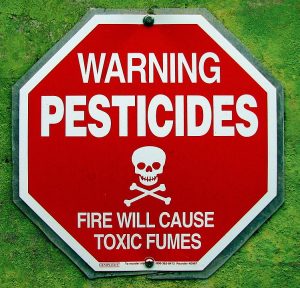
- Fumigation License: Required for professionals who use fumigation methods, particularly in commercial and agricultural settings.
Ensuring High Standards of Service and Safety
The rigor of these licensing requirements is not merely bureaucratic. The thorough training and assessment ensure that professionals are well-versed in the latest, most effective pest control methods while being aware of their environmental impact.
The aim is to protect public health by ensuring that only qualified individuals can offer pest control services.
Licenses assure clients that the professionals they are hiring are not just skilled, but also ethically and legally compliant with the highest industry standards.
Step-by-Step Guide to Obtaining a Pest Control License
Educational Qualifications and Training Required
- Complete the Required Training Course: The first step is to enroll in a pest management training course approved by the Australian Pesticides and Veterinary Medicines Authority (APVMA). Topics studied include pest identification, control methods, and safe use of pesticides.
- Practical Training: Hands-on training is crucial. Working under a licensed pest control operator to gain real-world experience is an essential part or gaining a license.
Documentation and Application Process
- Gather Necessary Documents: You’ll need to provide evidence of your completed training, practical experience, and personal identification.
- Application Submission: The next step is to submit your application to the EPA of NSW. and pay the application fee.
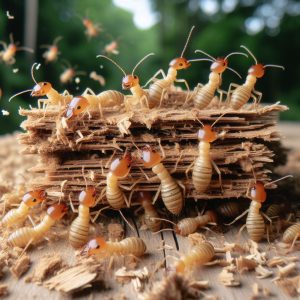
Tips for Successful Application Submission
- Ensure All Information is Accurate: Double-check all the details in your application. Inaccuracies can delay the process or lead to rejection.
- Keep Records Organized: Maintain a well-organized record of your training and practical experience.
- Follow Up on Your Application: Don’t hesitate to follow up with the EPA if you don’t hear back within a reasonable timeframe.
Information on Examination and Assessment
- Prepare for the Assessment: After submitting your application, you may be required to undergo an assessment or examination. This includes both theoretical and practical components.
- Understand the Assessment Criteria: Familiarise yourself with the assessment criteria. The EPA’s website and your training provider are valuable resources for this.
- Continuous Learning: Even after passing the exam, the learning journey doesn’t stop. You will always need to stay up to date with the latest industry trends and regulations.
Following these steps will put you on the right path to obtaining your pest control license in Sydney.
Challenges and Solutions in the Pest Control License Process
Common Challenges Faced by Applicants
- Navigating the Complexity of Requirements: The licensing process can often seem overwhelming due to its multiple requirements and detailed criteria. Applicants might find it challenging to understand the specific educational courses and practical experience needed.
- Time Management: Balancing the time required for training, practical experience, and the application process, especially for those currently employed or with other commitments, can be a significant challenge.
- Passing the Examination: The comprehensive examination, which tests both theoretical knowledge and practical skills, can be daunting for many applicants.
Strategies to Overcome These Challenges
- Seek Guidance: One effective strategy is to seek guidance from experienced professionals or training providers. They can offer valuable insights into the process and what to expect.
- Create a Structured Plan: Developing a structured plan for completing training, gaining practical experience, and preparing for the exam can help manage time and resources more effectively.
- Practice and Preparation: For the examination, consistent practice and thorough preparation are key. Utilize study guides and take advantage of any preparatory courses or materials available.
Insights from Industry Experts at South Sydney Pest Control
- Leverage Expertise: Professionals at South Sydney Pest Control recommend leveraging the expertise of those already in the field. This could involve shadowing a licensed pest controller or seeking a mentorship.
- Stay Informed: They also emphasize the importance of staying informed about the latest industry standards and regulations, as this knowledge is not only crucial for the examination but also for a successful career in pest control.
- Patience and Persistence: The journey to obtaining a pest control license requires patience and persistence. The process is rigorous for a reason – it ensures that only qualified and competent professionals are entrusted with this responsibility.
Maintaining and Updating Your License
Requirements for Renewing the Pest Control License
- Regular Renewal: As in the rest of New South Wales, Sydney pest control licenses are not indefinite. Be sure to check the license and renewal date.
- Ongoing Education: To renew a license, proof of ongoing education or continued professional development is often required.
- Record Keeping: Maintaining a record of your professional activities, including any additional training or educational courses undertaken, is crucial for a smooth renewal process.
Continued Education and Training Opportunities
- Industry Workshops and Seminars: Regularly attending industry workshops and seminars is an excellent way to stay abreast of new developments and technologies in pest control.
- Online Courses: You may find an online course that can help keep you up to date with the latest pest management practices.
- Networking with Professionals: Engaging with other pest control professionals through associations or forums can provide insights into emerging trends and best practices.
Staying Updated with Industry Standards and Regulations
- Regularly Review Regulatory Changes: The pest control industry is subject to frequent changes in regulations and standards so be sure to stay up to date.
- Utilizing Technology: Using technology, such as industry-specific apps or online resources, can help in staying updated with the latest information.
- Feedback Loop: Make sure you have a way to receive and use feedback.
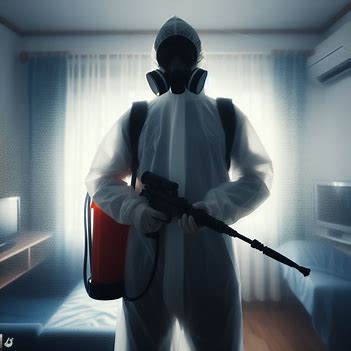
Understanding the licensing requirements specific to Sydney and New South Wales will keep you safe when hiring a pest control service.
Continuous learning and staying abreast of industry standards and regulations was highlighted, showing how these practices are integral to maintaining a valid and effective license.
Requiring a pest control license ensures that only qualified, knowledgeable, and committed professionals are entrusted with the responsibility of pest management.
In Sydney, where the demand for high-quality pest control services is ever-present, having a pest control license is a testament to a professional’s ability to provide effective, safe, and environmentally responsible solutions.
A pest control license is more than just a regulatory obligation. For those aspiring to join this industry, the path outlined in this guide is your roadmap to success. For the residents of Sydney, it’s an assurance that the professionals serving your pest control needs are among the best in the business.
Get in touch with South Sydney Pest Control for all your Sydney and Eastern Suburbs pest services.
